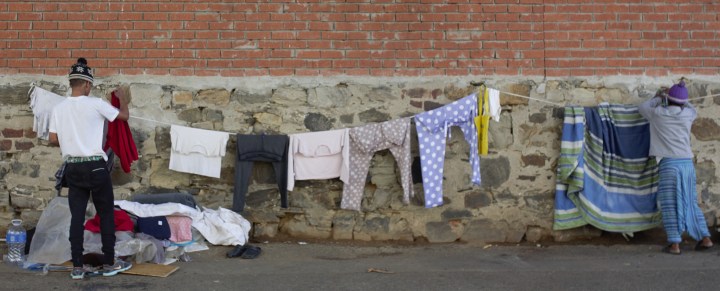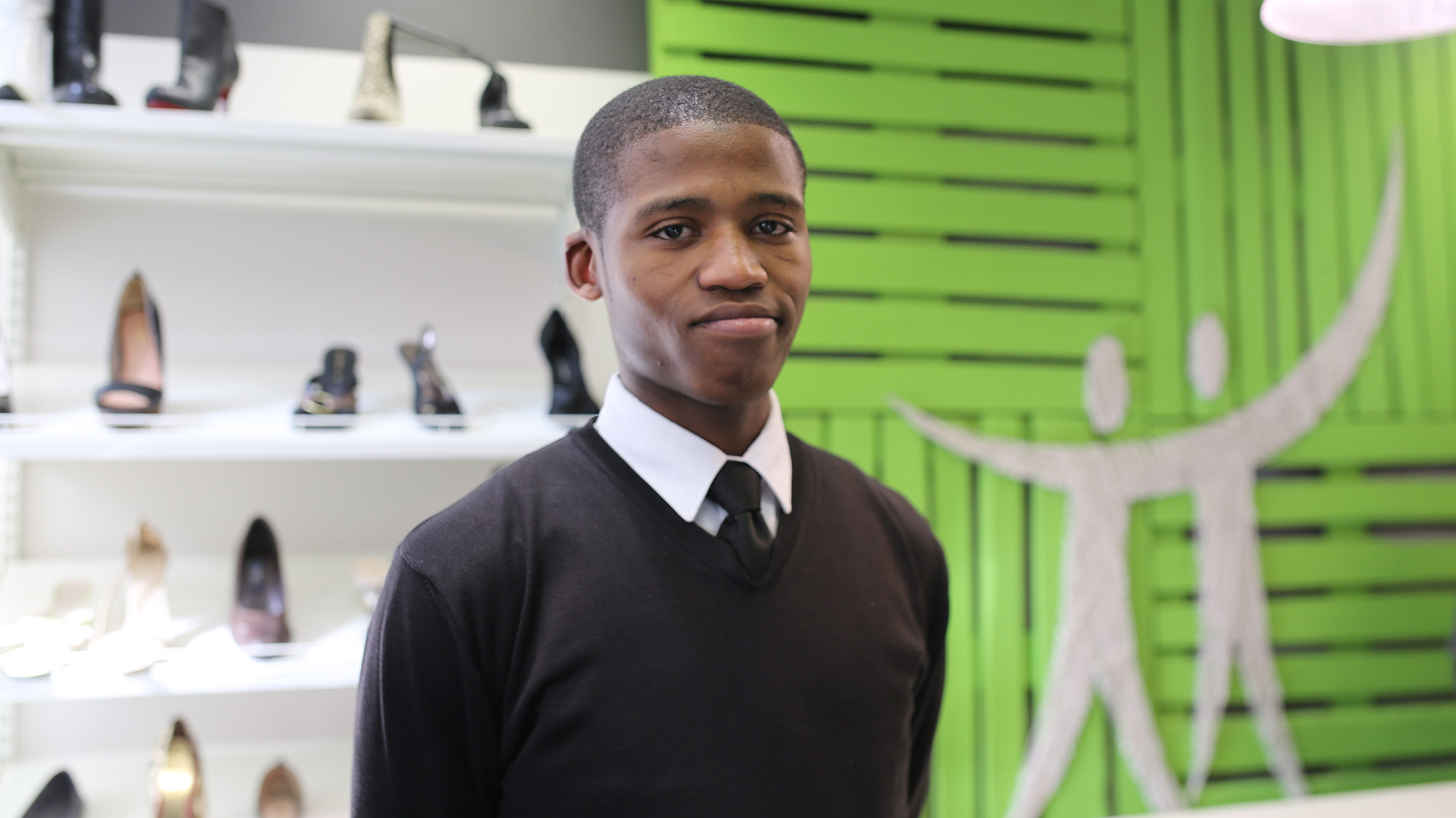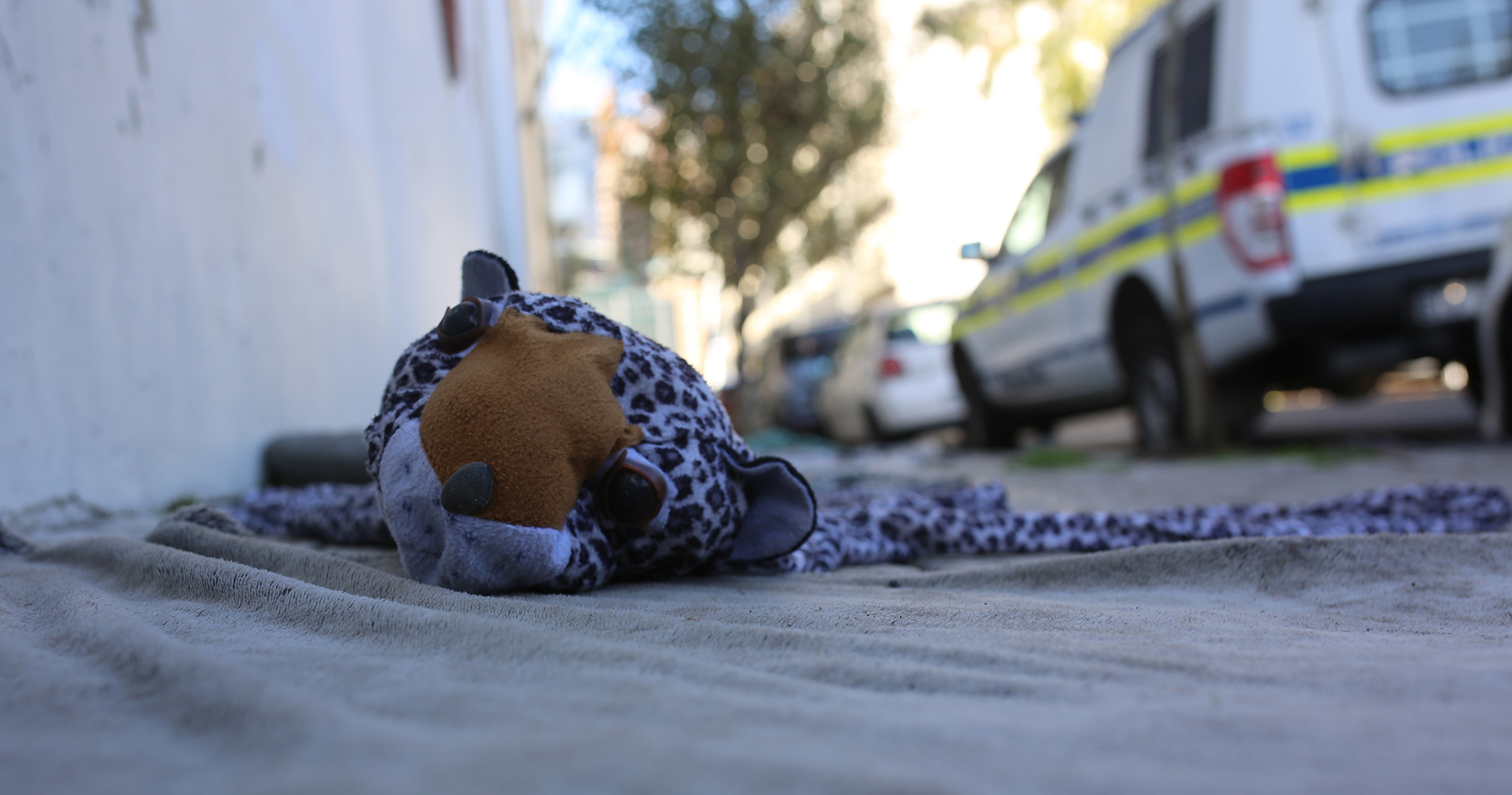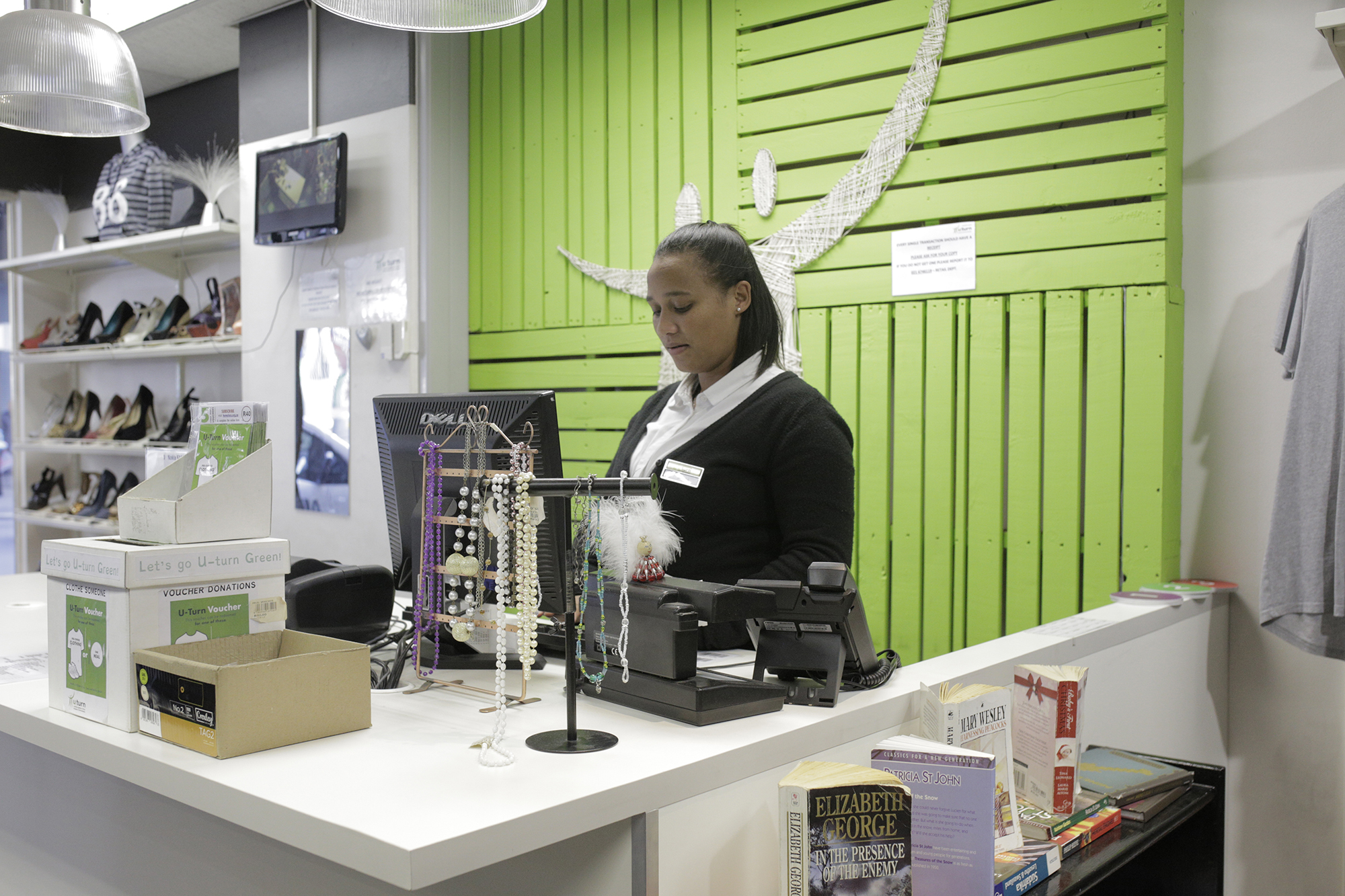YOUTH ON THE STREETS
Homeless young people need more than just jobs

This youth month, the hot topic on everyone’s lips is youth unemployment. But unemployment is just one of a number of issues affecting the youth living on the streets. These often forgotten members of society often come from broken homes and are exposed to gangsterism, drugs and alcohol. While some find a way off the street, for others there seems to be no escape.
“I’d wake up in the morning, the first thing I’d think is, I need to get something to eat and after that I would try to beg for money, for my drug of choice,” said Nali Booysen.
Looking at him now, in a shirt and tie, one would never believe that the 22-year-old training reliever (in retail) once lived on the streets of Cape Town.
Booysen is a graduate from the U-Turn Life Change programme and is now placed at one of the organisation’s Charity Shops. The programme helps the homeless with rehabilitation from substance abuse, provides access to therapy and helps them find and secure employment.
Rowen Ravera, the Head of Resource Development at U-Turn, told Daily Maverick that the majority of people they serve are between 18 and 35 years old.
“Thirty-nine percent of the people we help are aged 18 to 35 compared to about 34% aged 35 and older,” said Ravera. The remainder have either refused to disclose their age or are younger than 18, in which case they are referred to other organisations.

Nali Booysen lived on the street after his mother died in a shack fire. Today he is recovering from drug addiction and piecing his life back together. 16 June 2019. Photo: Sandisiwe Shoba
“The vast majority of people who seek our help are unemployed (around 75%) or employed in the informal sector working, for example, as car guards,” said Ravera.
When asked whether unemployment is a primary contributor to youth homelessness, Ravera said this was “oversimplistic thinking”.
“The problem is a complex combined effect of high unemployment, limited education (the majority of our clients have a Grade 10 or less, and they’ve dropped out after seeing family and their community facing a lack of opportunity), limited housing for the poor, limited government services, and then in Cape Town we have a legacy of the highest rate of drug addiction and gangsterism. Many of the youth we help have been born into families where they’re exposed to gangsterism, drugs and alcohol,” she said.
She said a simple solution of giving all the youth living on the street a job doesn’t resolve things.
“We have tried that, but most of our clients simply returned to the street, and this was why U-turn, 10 years ago, started researching and refining our pathway to employment.
Currently, there are no accurate statistics available for the number of homeless youth in South Africa, although it is estimated that as a whole the country has around 200 000 people living on the street.
U-Turn’s ultimate goal is to ensure that their clients not only beat their addictions, but secure an independent job outside the organisation. But this is not easy. With the current youth unemployment rate at 55,2% for the 15-24 age bracket, the odds are stacked against the youth who are living, or have lived, on the street.
“For people like me, who are in recovery, it’s hard,” said Booysen, who started smoking glue at 10 years old.

There are no statistics for the number of homeless youth in South Africa, but overall there are roughly 200 000 people living on the street. 16 June 2019. Photo: Sandisiwe Shoba
“After that I started sleeping on the streets, I think that was at the age of 12, but at that time it wasn’t a serious thing.”
Booysen went back and forth between the streets and Philippi township, where he stayed with his single mother. He dropped out of school before he’d completed Grade 7.
“I joined the wrong crowd,” he said.
At 13 years old, after his mother died in a shack fire, he went to live on the streets full-time.
“I was basically lost. I started to smoke heavy drugs, like Mandrax. Then I started to beg for money, more than before,” said Booysen.
Booysen says drugs were “like a buddy”.
“It was a buddy that comforted me in a lot of ways. It filled gaps. Like if I felt lonely, if I smoke the drug I won’t feel that lonely, and when it comes to pain and emotions, those things would go away.”
For 24 year-old Thohiera Julius, a dysfunctional family and a life of drugs led to her dropping out of school and living on the streets.

Thohiera Julius, started living on the streets after she was kicked out the house by her mother. She is now working towards earning her matric certificate. 16 June 2019. Photo: Sandisiwe Shoba
“My dad was a drug dealer, he was almost never at home. We’d see my dad like once a week. My mom used to sell drugs and alcohol. She was an alcoholic, and when she was drunk she would beat the hell out of me and my siblings,” said Julius.
At 13 years old, she started sneaking out of the house to hang out with gangsters, consume alcohol and take drugs.
“After my mom found out that I was on drugs, she chucked me out of the house.”
Thohiera then dropped out of school. She was 16 years old.
“I slept on the streets for quite some time. I couldn’t sleep at night because I had so much fear.”
Thohiera said staying on the streets as a female is not easy.
“Anything can happen to me. It’s not easy because you don’t know what the next drug addict thinks, what’s going through his mind because a female always has to have her guard,” she said.
According to Ravera, women are also vulnerable to sexual exploitation, something which Thohiera says she’s lucky to have never gone through.
“I never slept with anyone or became a prostitute to survive.”
Thohiera, who now manages the U-Turn charity shop on Long Street in Cape Town, lives at a safe haven for women and children in the suburb of Kenilworth. She earns R671 per week and says it’s enough for her to survive.
She’s set to write her matric exams this year.
But not everyone can say “things worked out”. Across town in a hidden corner in Green Point is the Haven shelter. At around 12pm each day, a long line of people who live on the street gather outside the gate for lunch.
Nearby a group of young men lie in the sun. One of them washes his clothes in a bucket of dirty water. When asked what his name is, he refuses to answer, he just looks down and carries on washing. A few of his clothes are already hanging in the sunshine, a welcome change from the heavy rain the night before.
He’s covered in tattoos. A few on his face, one or two on his neck and the rest are on his arms. He says he’s 17 years old, that’s the only answer he offers to the string of invasive questions he’s been asked.
Moses, an older homeless man, comes over and says, “These young ones, they act tough, but they’re scared inside.” He has a small tent, just down the pavement. Moses says he’s seen more and more young people appearing near the Haven shelter.
“Some of these guys, they made friends in prison, and when they come out they come to the streets,” he said.
“They’ve got no other family, so the people that they met inside were good to them or made it possible for them to survive, so they come out of prison and look for those people.”
For Nali Booysen, going to prison twice made him re-evaluate his choices and eventually turn his life around.
“When I came out of jail, I realised that I can’t keep on living this life and doing these things that I’m doing. I need to change for the good of my life.”
He eventually found his way to U-Turn. This is his second year at the organisation.
Booysen, who’s living with his older brother and sister in Gugulethu, eventually wants to move out and find a place of his own.
“A place where I can build myself, since I’m on this path of recovery,” he said.
Ravera says it is a myth that people are lazy and want to stay on the street.
“The reality is that it’s incredibly stressful and dangerous,” she said.
“If presented with a real opportunity and a clearly defined pathway to rehabilitation and employment, most take the opportunity in both hands. We have a waiting list of people hoping to join our Life Change programme, we simply don’t have enough funding to accommodate everyone who is ready.” DM
















 Become an Insider
Become an Insider